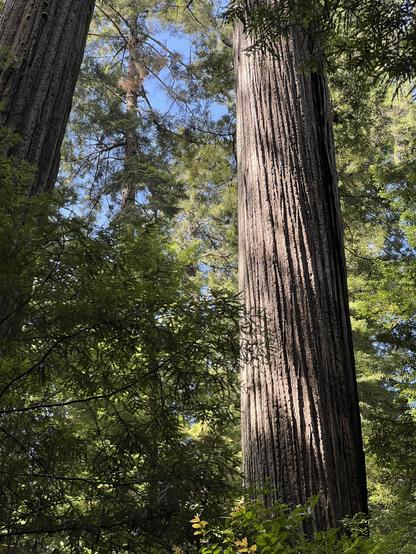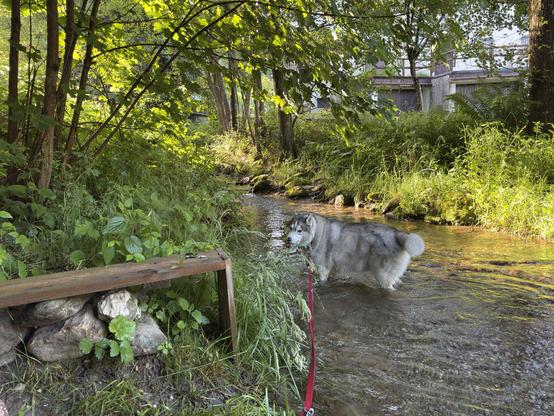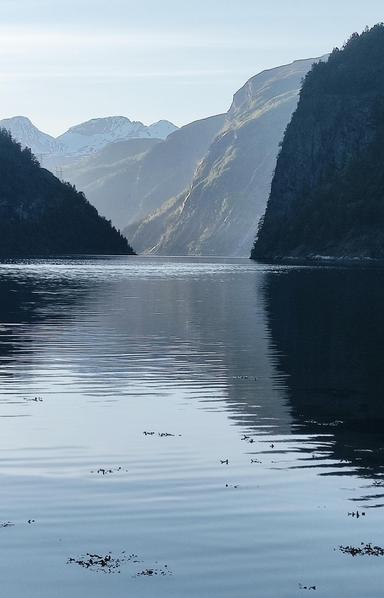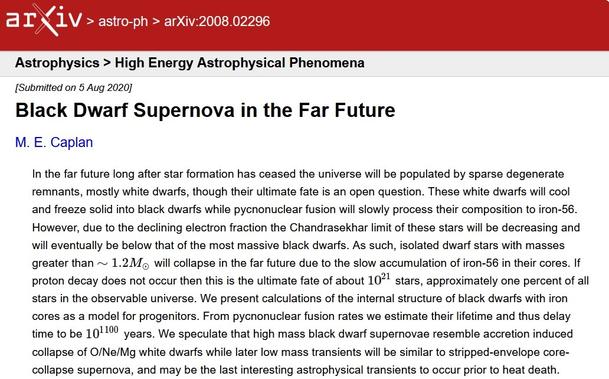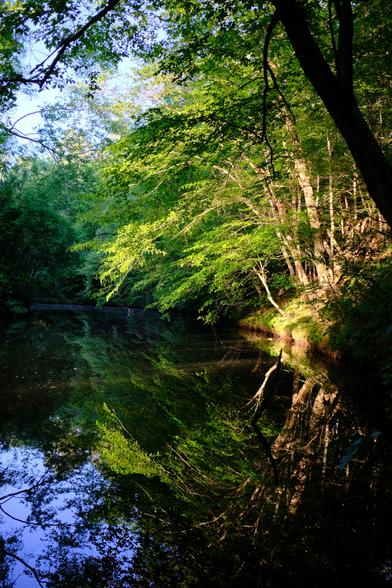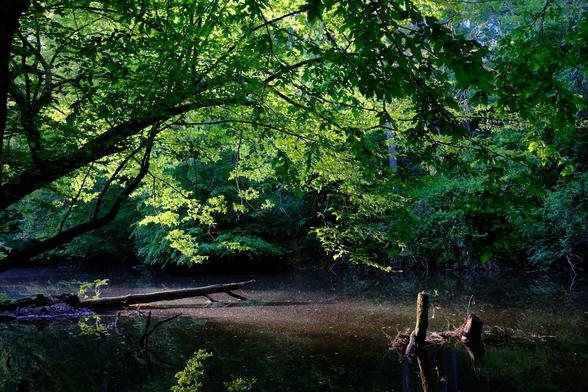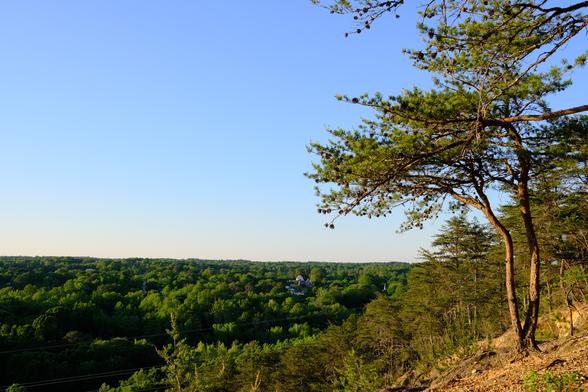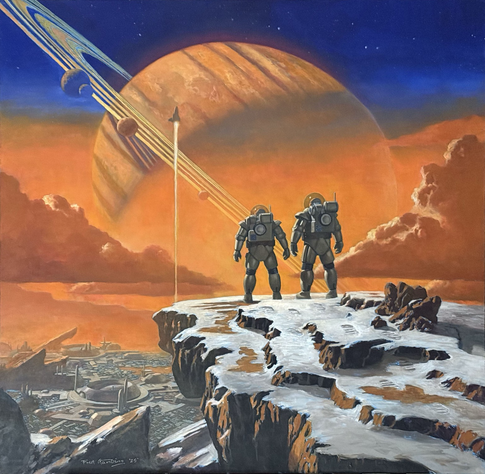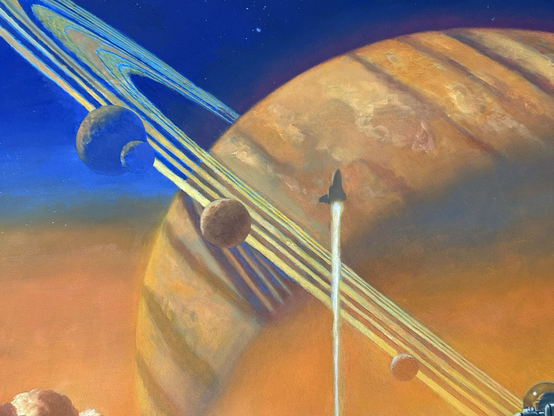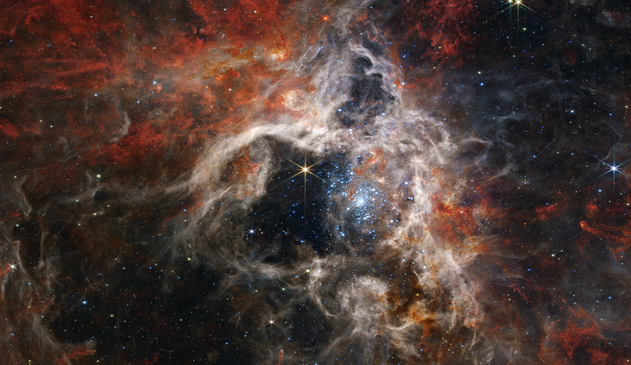Redwood National and State Parks on Saturday. Learn more at https://www.nps.gov/redw/index.htm and https://www.nps.gov/redw/planyourvisit/upload/ThreeTrees-2014-508.pdf and https://www.savetheredwoods.org/blog/wildflowers-of-the-redwood-forests/ and #nps #nationalparks #publiclands #photography #forest #trees #flowers #phenology Image credit Kurt Angersbach / Westernlabs #color #cawx #redwoods #rain #ocean #rhododendron
Interested in science fiction and futurology, astronomy and space travel, hiking and nature, computers, cars, music, effective altruism, FOSS and self-hosted solutions to promote free and open communication and keep users in control of their data.
Sunday adventure escaping summer’s heat #Husky
The greatest job alert! My team at EFF is hiring and you could be on it: https://www.paycomonline.net/v4/ats/web.php/jobs/ViewJobDetails?job=262470&clientkey=28620672D234BF368306CEB4A2746667
You've probably heard the Oasis song Black Dwarf Supernova - but did you know that was a real thing?
More precisely, none exist *now*, but they may be among the last really exciting events in our universe. As a star the size of our Sun dies, it eventually shrink downs to a white dwarf, very hot and dense but held up by 'electron degeneracy pressure'. That's because electrons can't be in the same quantum state.
As a white dwarf cools, we expect it will dim and eventually become a 'black dwarf'. This hasn't happened yet. While there are already plenty of white dwarfs, they take a long time to cool down. The coldest white dwarfs found are about 12 billion years old, and they're still 3,600 °C. We expect that for a white dwarf to get *really* cold, like 5 °C above absolute zero, would take about a quadrillion years!
But eventually, it could explode.
The reason is that as it cools, its electron degeneracy pressure gets smaller and it shrinks. For white dwarfs heavier than 1.2 times the mass of our Sun, this may actually tip them over into collapsing entirely, becoming black holes. But just as with heavy stars today, this collapse should also liberate a huge amount of energy, shooting off the star's outer layers in a SUPERNOVA!
Stars that could do this account for just 1% of all stars in the observable universe. But that's 10²¹ stars - nothing to sneeze at.
These black hole supernovae may go off around 10¹¹⁰⁰ years from now, long after most other processes have settled down. However, it's possible that the protons in these stars will decay first. Protons could be stable, but we only know for sure that their half-life exceeds 10³² years.
This is a neat article. I set my novella “The Warrior Within” on a tidally-locked world orbiting a K-class dwarf (one step up in brightness from the M-class stars discussed in this article). If I'd been able to read this article first, I might have made the environment in which the story takes place MUCH weirder.
https://mathstodon.xyz/@johncarlosbaez/114551877059832507
On this SISKO DAY, being every May 22 as the day Benjamin Sisko took command of Deep Space Nine...
Be vulnerable
Seek help
Engage with the wisdom of others
Move the station
Heal
“Microsoft has simply given us no other option,” Signal says as it blocks Windows Recall
Signal Messenger is warning the users of its Windows Desktop version that the privacy of their messages is under threat by Recall, the AI tool rolling out in Windows 11 that will screenshot, index, and store almost everything a user does every three seconds.
@Dylan Cool, I'd love to get one of these lenses + adapter someday! love the swirly look
Whatever pollen I'm most allergic to is certainly plentiful today!
Yesterday's hike was particularly peaceful.
There are currently about 36 known satellite galaxies gravitationally bound to the Milky Way. There are the big, famous Magellanic Clouds, but a host of smaller, harder-to-find satellites. The upcoming Vera Rubin Observatory will be a satellite galaxy hunter, potentially finding 31-53 new galaxies according to new simulations. These are fainter and farther away, and will provide unique insights into dark matter, galaxy formation, and early Universe physics.
Next #SETILive: Is Intelligent Life Easy?
TODAY, Thursday, Apr 24, 11:00 AM PDT
Join planetary astronomer Franck Marchis in an in-depth discussion with Dr. Dan Mills about why intelligent life may be common and how this could affect our search for life beyond Earth.
WATCH LIVE: https://youtube.com/live/hEQJfyW5yt4
Titan’s Sky, oil on canvas.
In the 1990s I created several digital space-related images for the US postal service, one of which was of two astronauts standing on Saturn's moon, Titan.
The software and hardware were primitive consequently the rendering was crude.
Despite that the image proved popular so it was fun to get a commission to recreate the image in oil, full circle, from trad to digital and back :)
Youtube process
https://youtu.be/AOWck6Bcw0c?si=ioFu8Bhlr1c6PBtU
7 years ago today @dansup started writing the first lines of code of what would become Pixelfed.
From that open-source spark to a thriving photo-sharing community connected to millions across the fediverse.
All without surveillance or algorithms controlling what you see.
Here's to 7 years of putting people before profit.
🎉 🥳
The blue star cluster shining in the center of the Tarantula Nebula—seen in this #NASAWebb image, was born within the ribbons of silk-like dust that surround it. In time, all of this dust will either be blown away by or absorbed into new stars and planets: https://bit.ly/4bI5Tv5
The Milky Way is a mature grand spiral galaxy, the result of billions of years of mergers and galactic evolution. Now, astronomers have found a galaxy with a Milky Way-like spiral shape, but seen at a time when the Universe was less than a billion years old. The discovery was made with Webb and shows how quickly a galaxy can develop a central old bulge, a large star-forming disk, and spiral arms, something we normally see in nearby galaxies.
https://www.unige.ch/medias/en/2025/la-plus-lointaine-cousine-de-la-voie-lactee-jamais-observee
